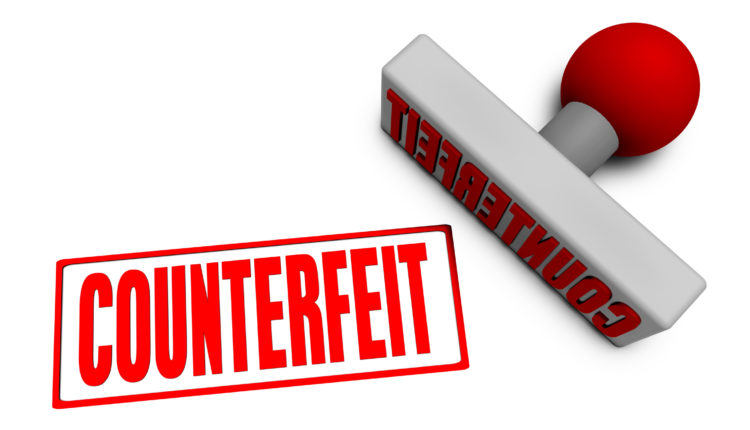
How to Avoid Counterfeit N95 Respirators
Most dental practices have gone the extra mile to procure N95 respirators for their employees, which, for many, has not been easy. However, some companies have been misleading in their claims that their N95 respirators will filter the necessary 95% of particles.
| Jessica Fagan, RDH, BS, MA—a full-time faculty member at Carrington College in Sacramento, California—is blogging for Dimensions of Dental Hygiene about COVID-19. |
We all know that oral health professionals must adhere to stricter recommendations related to personal protective equipment (PPE) during this global pandemic. For aerosol-generating procedures, the United States Centers for Disease Control and Prevention (CDC) recommends wearing an N95 respirator with a face shield. Most dental practices have gone the extra mile to procure N95 respirators for their employees, which, for many, has not been easy. However, some companies have been misleading in their claims that their N95 respirators will filter the necessary 95% of particles. Studies recently performed by the National Institute for Occupational Safety and Health- National Personal Protective Technology Laboratory (NIOSH-NPPTL) demonstrated that out of the 194 products tested, only 42% achieved filtration efficiency greater than 95%. That is a 58% fail rate, which is disconcerting in a time of crisis.
To overcome this problem, the CDC and NIOSH have released guidelines on how to determine whether your respirator will provide the expected level of protection (see image below). First and foremost, you should look for the NIOSH name in big block letters on the mask with the approval number. This is usually located in and around the manufacturer’s name with the filter designation. Any respirator with this information has been approved by NIOSH, regardless of its country of origin. Some signs that a respirator is counterfeit may include the absence of markings on the respirator, misspelling of “NIOSH,” presence of decorative add-ons, and the inclusion of ear loops instead of headbands.
Next, you should investigate the company you intend to purchase from by asking for experiences from colleagues, determining whether it has a laboratory that is ISO/IEC 17025 accredited, and evaluating the device itself by asking for samples before making a final purchase. Pricing of these masks should be approximately $2 to $3 per unit. A cheaper price may mean poor quality, but in the same respect, overpayment is not necessary.
Lastly, it is important to perform the necessary 10-minuute to 15-minute fit testing. While it may seem time consuming and overkill, an ill-fitting mask will not filter out 95% of particles for which it is intended. Click here to read more.


